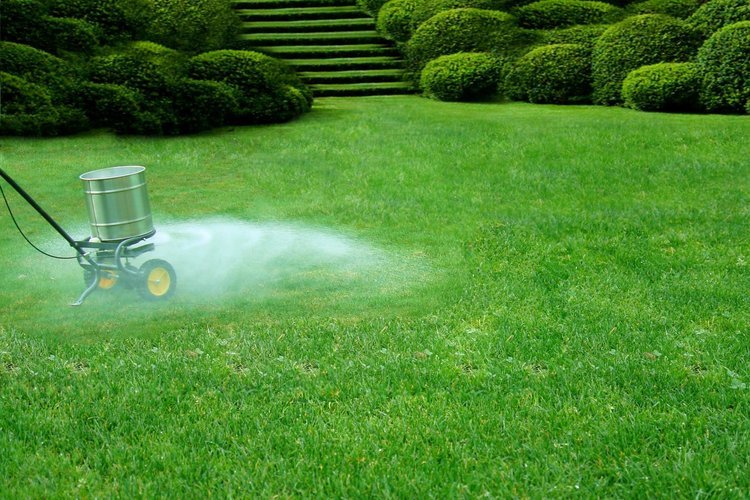Fertilizer: The Best Time to Use It and Other Tips in Chappaqua and Fishkill, NY
Taking care of a lawn can be a rewarding yet perpetually challenging project that sometimes requires a professional touch. Fertilizer is sometimes an essential tool for ensuring a vibrantly healthy lawn, yet it can often cause more problems than it solves, simply because of the wrong fertilizer and poor application. In the wrong concentrations, fertilizer can be ineffective or even be toxic to pets and children. Here are some things to know about fertilizer: the best time to use it and other tips in Chappaqua and Fishkill, NY.
Related: Why You Should Include Weed Killer and Fertilizer in Your Lawn Care Plan in Westchester County, NY
The Nature of Fertilizer
Fertilizer is a concentrated solution of the three main nutrients that plants need from the soil: nitrogen, phosphorus, and potassium. The main reason for using fertilizer is either the lack of these elements in the soil which would otherwise cause a slow rate of growth that could set the plant behind.
Since fertilizer is a concentrated solution, it needs to be used carefully. Plants need different concentrations at different times of year according to their growth schedule. Also, certain fertilizers are used for edible plants while others may be used for grass and other plants not meant for eating.
Professional Knowledge
A professional lawn care service is well versed in the kinds of fertilizers that lawns need to bounce back from various challenges, and to grow a robust root system and lush turf that will withstand weather extremes, disease, and weed infestation. The professionals will always know the right fertilizer for a lawn whether it’s a damaged or fledgling lawn recovering from excess weed growth or a perfectly manicured lawn that’s been in great condition throughout the years.
Seasonal Applications
The best time to use fertilizer depends on the time of year and where the grass is in its growth cycle. Grass that’s having trouble growing may require some special attention. Here’s where many DIY applications go wrong: applying too much fertilizer at the wrong time of year could damage healthy grass. There are two crucially important times to use fertilizer for the health of your lawn.
Early spring: as soon as the ground thaws, it’s important to apply a quick-releasing fertilizer to get the lawn growing as quickly as possible. Early spring growth will ensure the strength of the grass in the later stages of the year. Strong growth will also help protect the lawn and entire landscape from the growth of weeds. Once a great growth cycle has been established, the turf plants should be well prepared for the heat and potential drought of summer.
Late summer and early fall: grass will often stop growing in the late summer due to a lack of water or nutrients in the soil; and while growth isn’t as important during the fall, boosting the roots is. Watering and the consistent application of fertilizer is necessary until the ground begins to freeze, primarily to help the growth of the root systems in preparation for winter.
Proper Application Is Everything
Not only do you have to use the right kind of fertilizer, it’s even more important to apply it properly - and again, this is where problems often arise.
Since fertilizer is concentrated, improper application can cause severe damage to the above-ground structure of the plant. Mostly, this is the “if a little is good, more must be better” approach along with allowing the fertilizer to be in direct contact with the leaves for too long. Fertilizer needs to be absorbed into the ground as soon as possible. Always follow a fertilizing session with plenty of thorough watering so that the fertilizer washes off the leaves to prevent burns, and reaches the soil where it’s intended. This way, the metabolism of the plant can be activated at the same time it’s receiving water.
Related: Common Myths and Misconceptions About Lawn Fertilizer Companies in Poughkeepsie, NY

